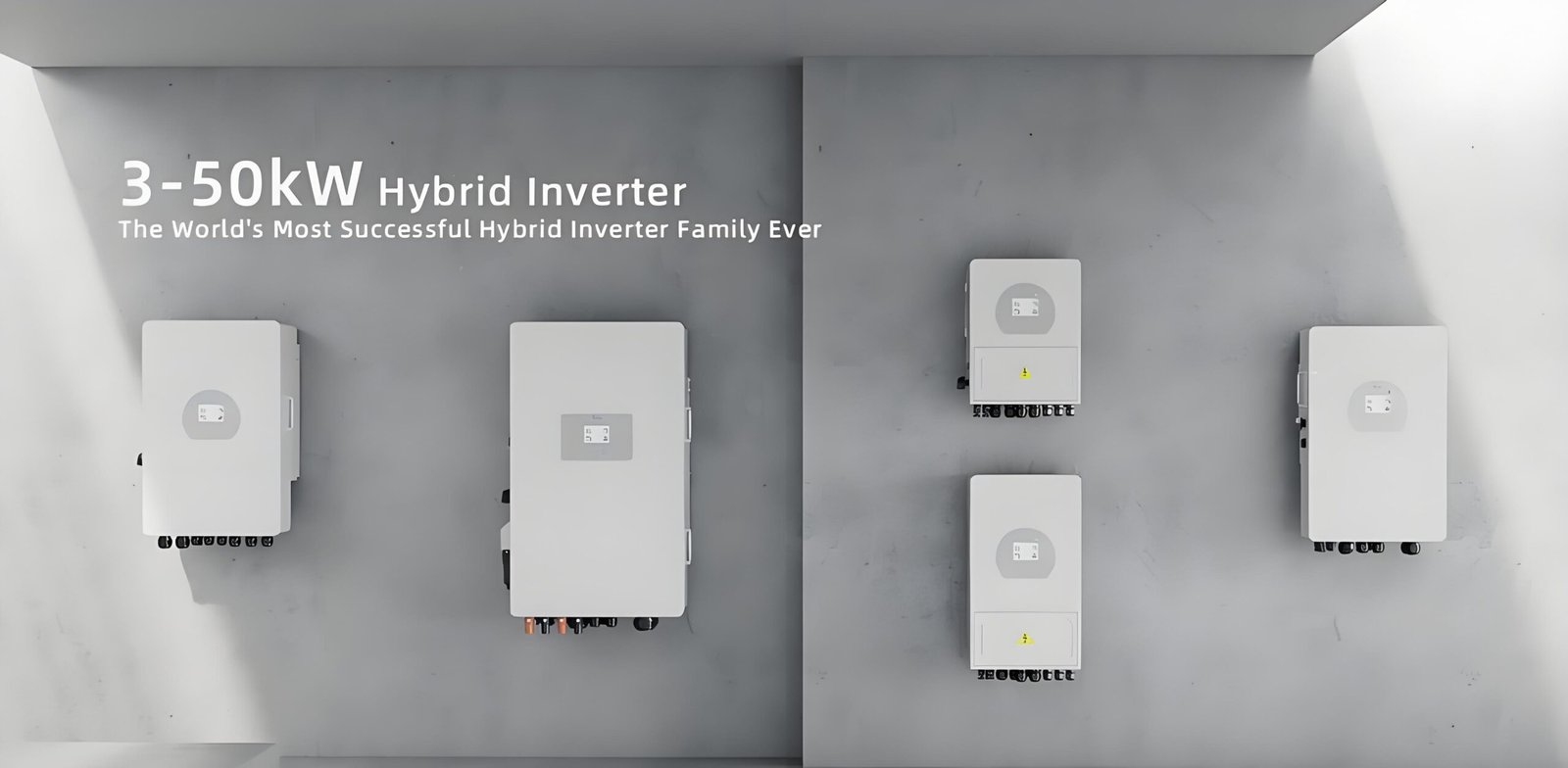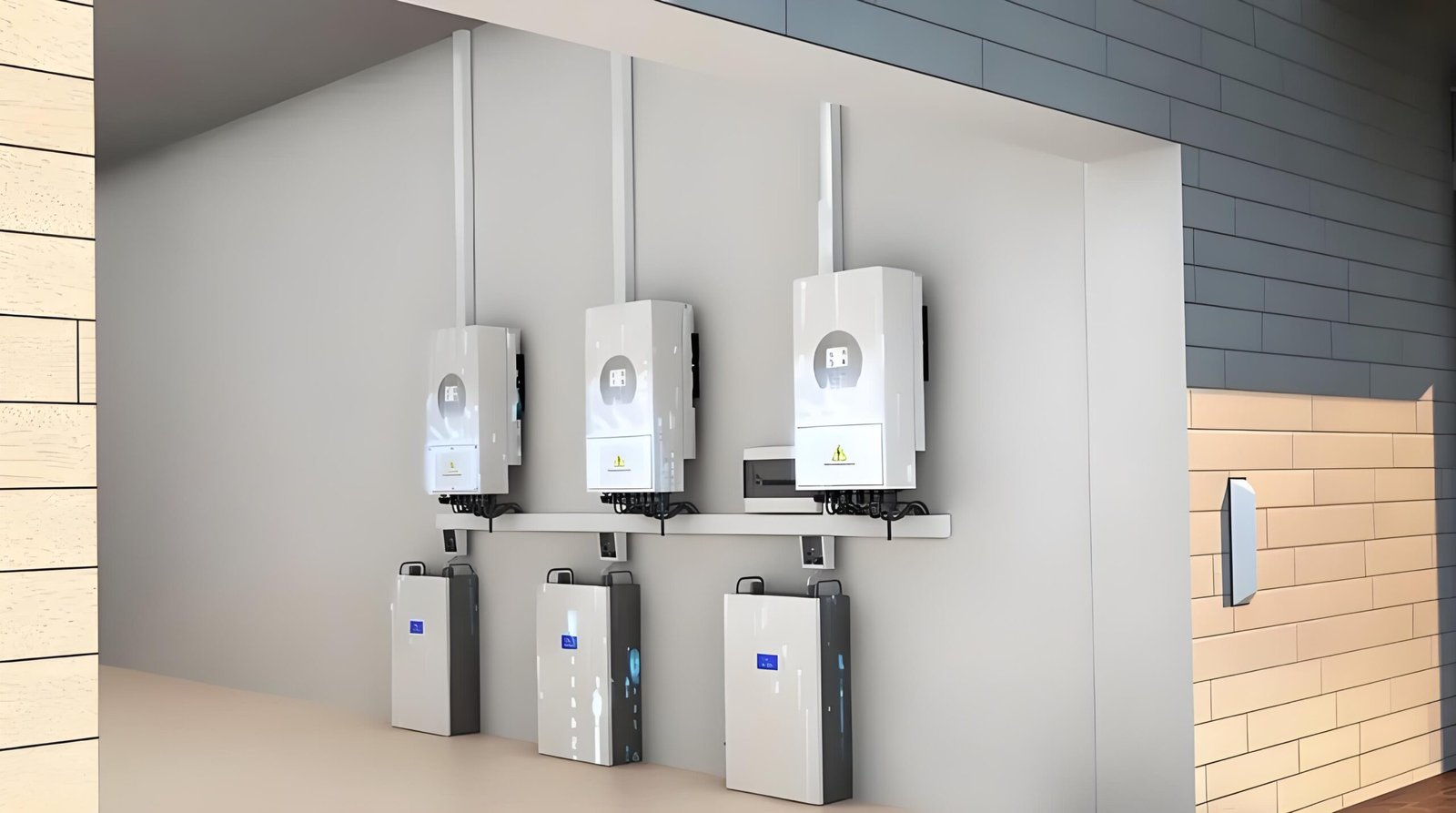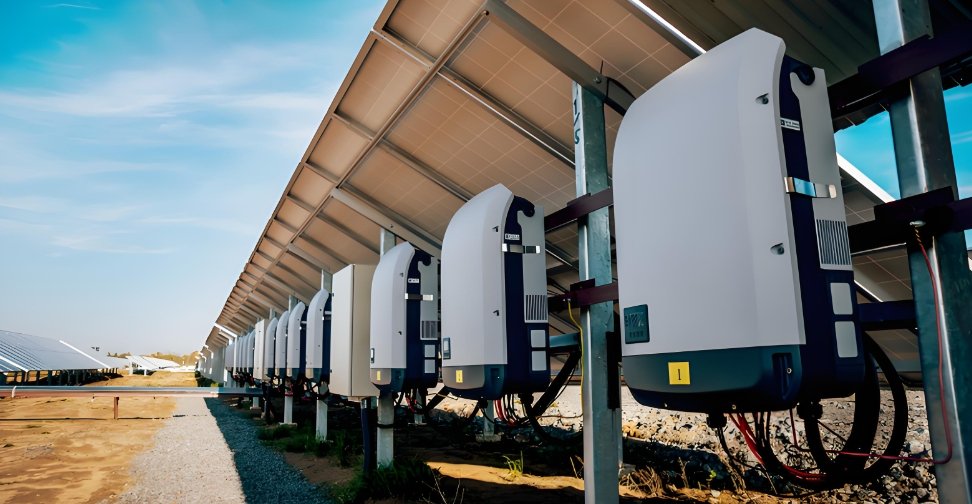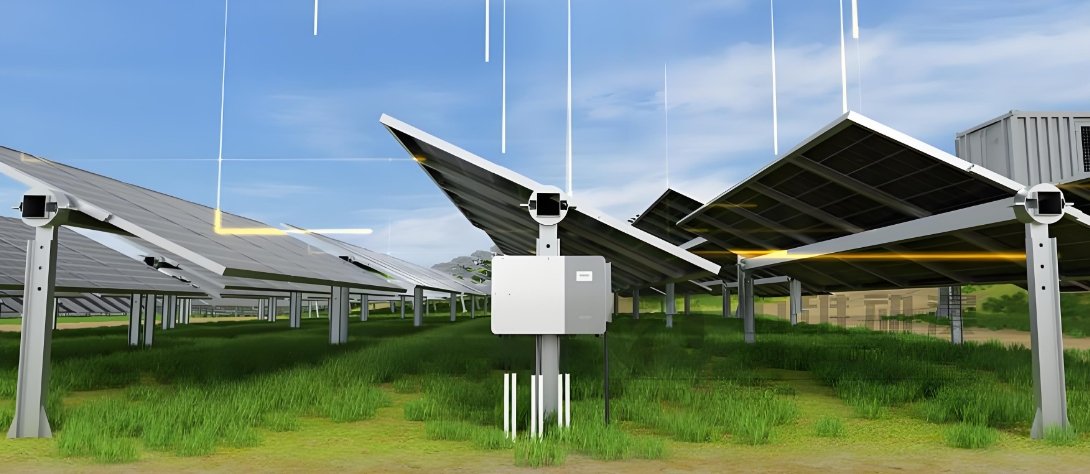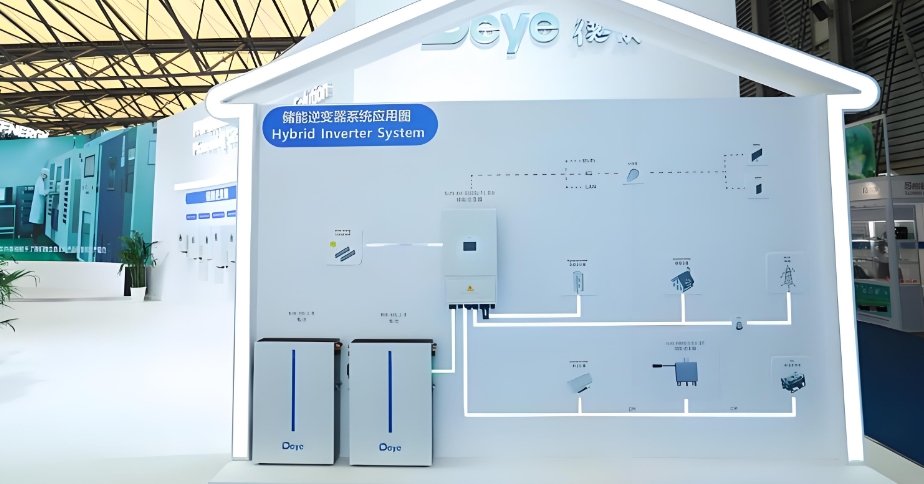Inverter installation requires careful attention to local regulations. Here's why these laws matter for your project.
Understanding local regulations ensures compliance, safety, and efficiency when selecting an inverter for your solar energy system.
Stay informed about these regulations to make the right choice for both your installation and your investment.
Local Building Codes
Inverters must comply with specific building codes to ensure safe and effective installation.
Local building codes govern the physical installation of solar systems, including inverters, to ensure structural integrity and safety.
Local building codes typically address the mounting of inverters, clearance requirements, and installation methods. These rules can vary by region and may be influenced by local environmental factors, such as wind speed or seismic activity. For example, in countries like Germany and Spain, building codes account for various climatic conditions and safety standards, which affect inverter installation.
In Germany, the building code (Bauordnung) specifies the need for certain structural reinforcement when installing solar energy systems on roofs, ensuring stability under heavy wind or snow load conditions. Similarly, in Spain, solar installations must follow the Código Técnico de la Edificación (CTE), which includes requirements on the mechanical load of rooftop installations to prevent potential structural failure.
A study from Fraunhofer UMSICHT1 found that strict adherence to local building codes significantly increased the longevity of solar inverters by preventing damage during adverse weather conditions.
Key Considerations for Building Codes:
| Code Aspect | Description | Example Regions |
|---|---|---|
| Mounting and Support | Requirements for structural integrity | Germany, Spain |
| Clearance and Spacing | Necessary spacing for air circulation | France, Netherlands |
| Roof System Modifications | Adjustments needed for rooftop systems | Italy, Austria |
Electrical Codes
Electrical codes determine the technical standards for wiring and electrical safety in your inverter installation.
Electrical codes2 ensure that the inverter system is safely connected to your home's electrical system, minimizing risks.
Electrical codes, such as the European Standard EN 50438, ensure that all installations meet safety standards and technical specifications. These codes govern wiring practices, protection systems, and disconnection methods for the safe operation of inverters. For example, the European Code EN 62109-1, which addresses the safety of inverters in photovoltaic systems, is mandatory for all inverters sold and installed in EU member states.
A report from the European Union Agency for Cybersecurity (ENISA) highlighted that incorrect wiring and lack of adherence to electrical codes led to 18% of solar-related electrical fires in Europe. Properly adhering to these codes prevents overheating and ensures that the system remains safe under fluctuating electrical loads.
In some European regions, additional regulations may apply based on the type of inverter used. For instance, France has regulations that specifically address the integration of inverters with the smart grid, requiring communication compatibility to improve grid stability.
Common Electrical Code Requirements:
| Code Aspect | Description | Example Regions |
|---|---|---|
| Disconnects | Clear regulations for disconnecting power | Germany, Belgium |
| Wiring Standards | Specific wire gauges and insulation | Netherlands, Spain |
| Surge Protection | Necessity of surge protection devices | Italy, Portugal |
Safety Standards
Safety standards help protect users and installers from electrical hazards, ensuring inverter systems are safe to use.
Adhering to safety standards3 is essential for preventing electrical fires and ensuring the inverter’s reliability.
Safety standards, like those from TÜV Rheinland in Germany or the IEC (International Electrotechnical Commission) standards globally, ensure that inverters are designed and tested to minimize risk. For example, inverters sold in Europe must meet the IEC 62109 standard, which ensures that all inverters are safe to use in terms of electrical isolation, protection from water, and handling extreme temperatures.
According to a 2019 safety report by the European Electrical Safety Institute, inverters that passed rigorous safety tests under IEC standards had a significantly lower failure rate. The same report showed that inverters with a CE mark, indicating compliance with EU safety regulations, were 40% less likely to experience issues related to overheating or faulty electrical connections.
In countries like France and Italy, regulations also require specific safety certifications for inverter installations to protect homeowners from potential electrical hazards.
Safety Standards and Certifications:
| Certification | Description | Example Regions |
|---|---|---|
| IEC 62109 | International standard for PV inverters | Germany, France |
| TÜV Rheinland | Independent safety certification | Austria, Switzerland |
| CE Mark | Indicates compliance with European standards | Italy, Spain |
Grid Connection Regulations
Grid connection regulations dictate how your inverter should interact with the power grid.
These regulations4 ensure that your inverter connects safely and efficiently to the grid, avoiding system failures.
In many European countries, regulations like Germany's "Energiewirtschaftsgesetz" (EnWG) and the EU’s "Energiewende" (Energy Transition) framework outline specific requirements for inverter grid compatibility. These include features such as anti-islanding protection, which prevents inverters from supplying power to the grid during a power outage. This protection is critical for ensuring safety during maintenance and for utility workers.
In the UK, the connection to the grid must comply with the G83/2 standard, which specifies how inverters should interact with local grid systems to avoid power surges or destabilization. Similarly, in the Netherlands, grid-connected inverters must be certified for compatibility with the national energy infrastructure under the Dutch Grid Code.
A study by the European Network of Transmission System Operators for Electricity (ENTSO-E) found that grid-connected inverters with integrated smart grid communication systems helped stabilize grid operations by dynamically adjusting power input based on demand.
Key Grid Connection Aspects:
| Regulation | Description | Example Regions |
|---|---|---|
| Anti-Islanding | Preventing power flow during outages | Germany, UK |
| Frequency and Voltage | Maintaining stable grid integration | Netherlands, Denmark |
| Metering Requirements | Installing smart meters for monitoring | France, Italy |
Environmental Regulations
Environmental regulations aim to reduce the ecological impact of installing solar systems and inverters.
Following environmental rules helps minimize environmental harm and supports sustainability efforts in your region.
In countries like Sweden and the Netherlands, strict environmental laws ensure that inverters are made from sustainable materials and that they are recyclable at the end of their life cycle. The European Union Waste Electrical and Electronic Equipment (WEEE) Directive mandates that all electrical and electronic products, including solar inverters, are collected and recycled to minimize environmental impact.
A study by the European Environmental Agency (EEA) found that solar inverters made with eco-friendly materials had a significantly lower carbon footprint over their lifetime compared to traditional models. In France, regulations also require the use of lead-free soldering materials in the production of inverters, reducing the environmental harm caused by toxic substances.
Common Environmental Regulations:
| Regulation | Description | Example Regions |
|---|---|---|
| Material Restrictions | Bans on harmful materials | Sweden, Germany |
| Recycling and Disposal | Regulations for inverter and battery disposal | Netherlands, Spain |
| Wildlife Protection | Restrictions in protected areas | Austria, UK |
Incentive Eligibility
In some regions, you may qualify for tax credits, rebates, or other incentives based on your inverter choice.
Make sure your inverter meets local incentive requirements to take advantage of financial benefits.
Incentives for renewable energy installations, including solar inverters, are common in many European countries. For example, Germany’s "Energieeinsparverordnung" (EnEV) provides rebates for homeowners installing inverters that meet certain energy efficiency standards. Similarly, Spain offers direct subsidies for solar installations under its "Autoconsumo" program, which encourages the use of renewable energy.
In the UK, the Smart Export Guarantee (SEG) offers payments to households that install inverters capable of exporting surplus energy to the national grid. These incentives significantly reduce the upfront costs of solar systems, making them more accessible.
Types of Incentives:
| Incentive Type | Description | Example Regions |
|---|---|---|
| Tax Credits | Reductions in taxes for renewable energy projects | Germany, France |
| Direct Rebates | Cash rebates for qualifying products | Spain, Portugal |
| Feed-in Tariffs | Payments for surplus energy returned to the grid | UK, Italy |
Conclusion
Understanding local regulations ensures safe, efficient, and compliant inverter installation.
Footnote:
-
This link provides information on Fraunhofer UMSICHT's research, highlighting how adherence to local building codes improves the longevity of solar inverters. ↩
-
This link explains the role of electrical codes in ensuring the safe and compliant installation of solar inverters. ↩
-
This link explains the importance of safety standards in ensuring the reliability and safety of solar inverter systems. ↩
-
This link explains the role of grid connection regulations in ensuring safe and efficient interaction between inverters and the power grid. ↩


